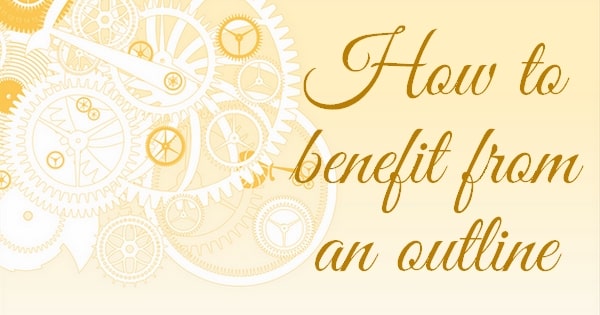How to Benefit from an Outline (for pantsers)

One of the most discussed topics in writing is the outline. Plotters say you must outline so your writing is led smoothly through the storyline. Pantsers defend their right to skip it and be ruled by their characters.
There’s no right or wrong answer to the question “Does a story need an outline?” during the writing phase. But when developmental editing begins after the story is completed, the outline is something the story must have.
What is an outline?
The outline is a structured list of the main points of a story. In the developmental editing phase, having the outline helps keep track of the story, especially if you are working with a book series.
Sometimes the story becomes too complex. It becomes difficult to decide where certain information needs to be given and would be accepted by the reader in the most organic way. Nobody wants important information to become info dumps.
Having a list of actions and conversations between characters in each chapter and scene would make it quick to figure out where to expand.
What should an outline look like?
Some authors write the outline like an essay. However, It’s more convenient to have it as a table split into chapters and scenes. It helps to navigate through the manuscript faster. This way, you know exactly where to add a missing scene.
Also, by making an outline in table form, you can notice at once where your story starts to drag. You can evaluate each scene separated from the whole story, allowing you to add tension and change pacing in the right places.
What to include in the outline?
The most common mistakes in the first draft is the overuse of dialogue and a lack of scene setting and action. Some scenes really do not need too much action. Especially those scenes where MC reflects on his actions.
However, if your scene consists only of dialogue, the scene comes across as flat. So, the best practice would be to write down the event in the scene.
If you start to notice that your outline starts with the line: “He said/told…” and you think the information said or told is important to the storyline, that is an indication that you might consider adding this information in the form of action instead.
Information is remembered best when anchored to an event or action.
Now, you know the reason for and the best practices to write an outline. By creating an outline for a completed story, you can see at once where changes need to be made and, by doing so, improve your story.
You can find more analytical insights about book marketing and developmental editing in my blog.
